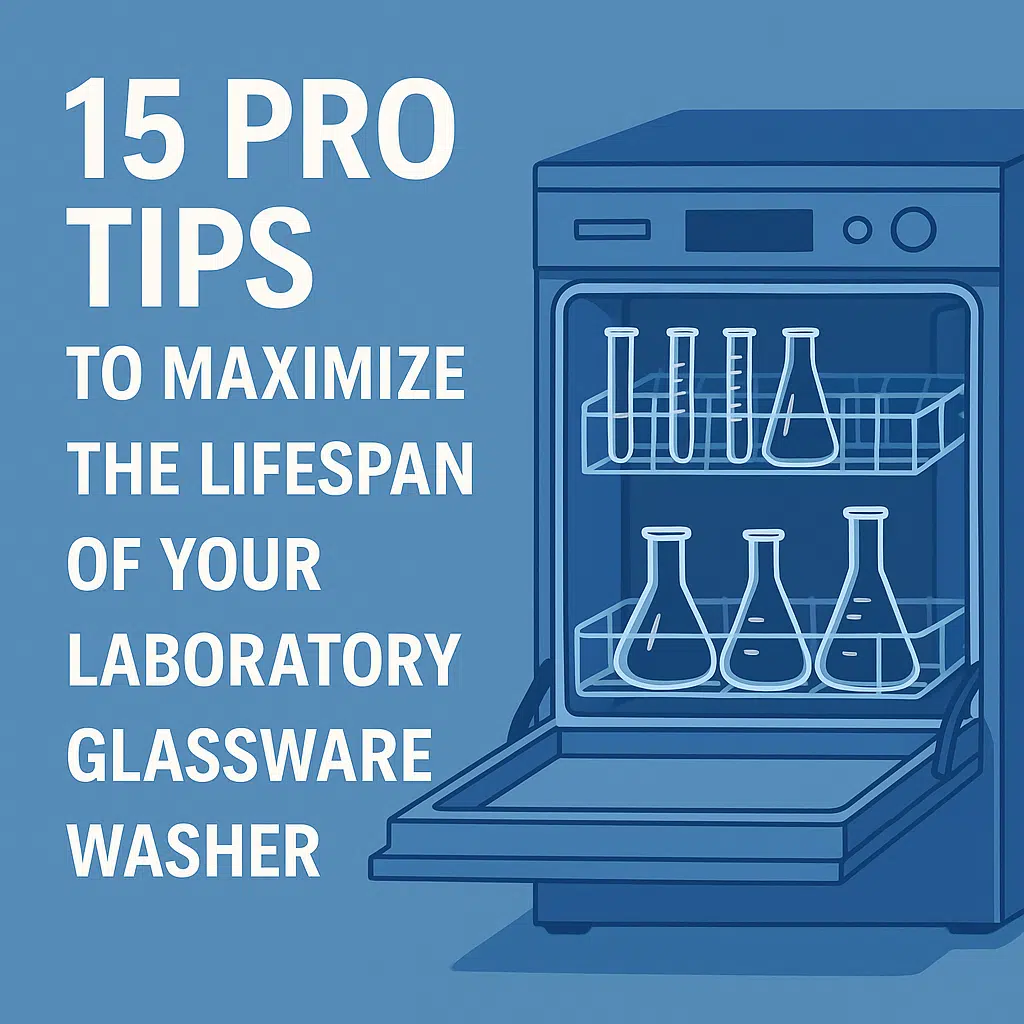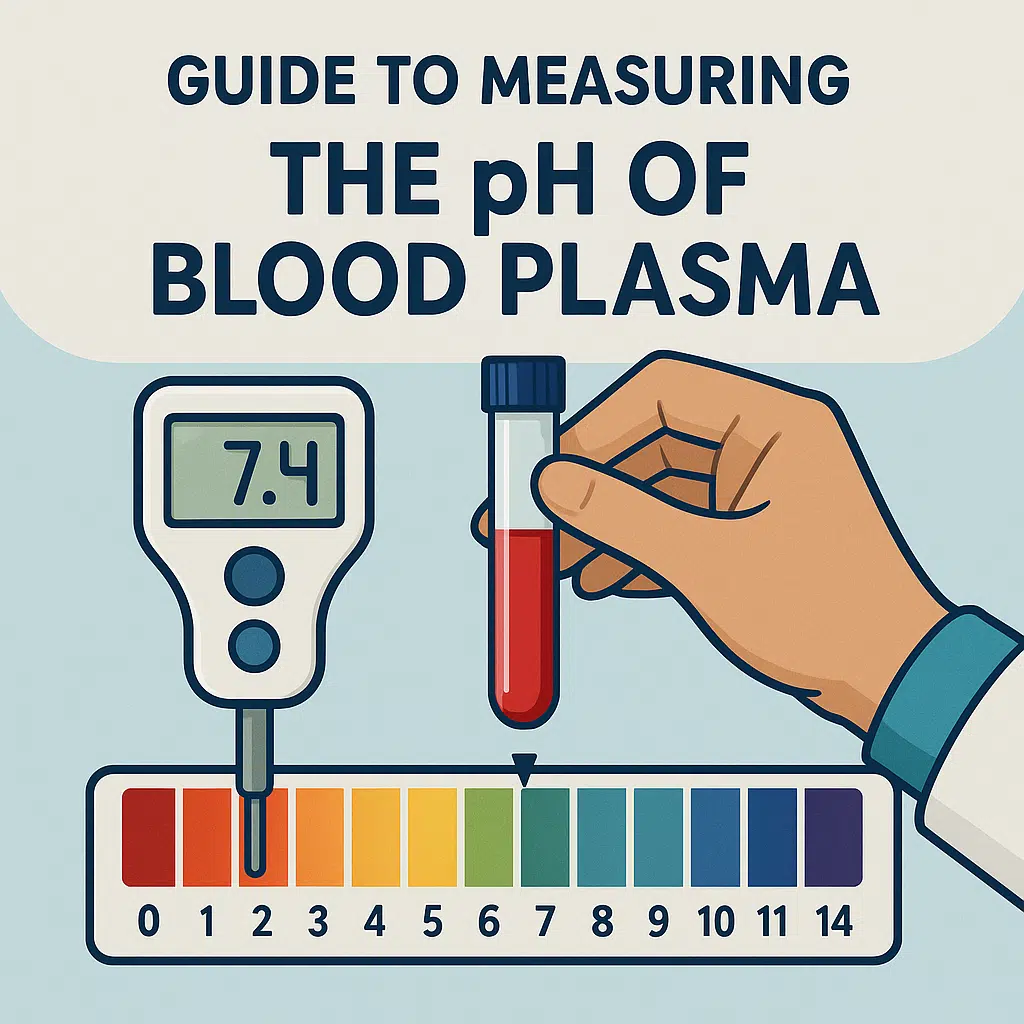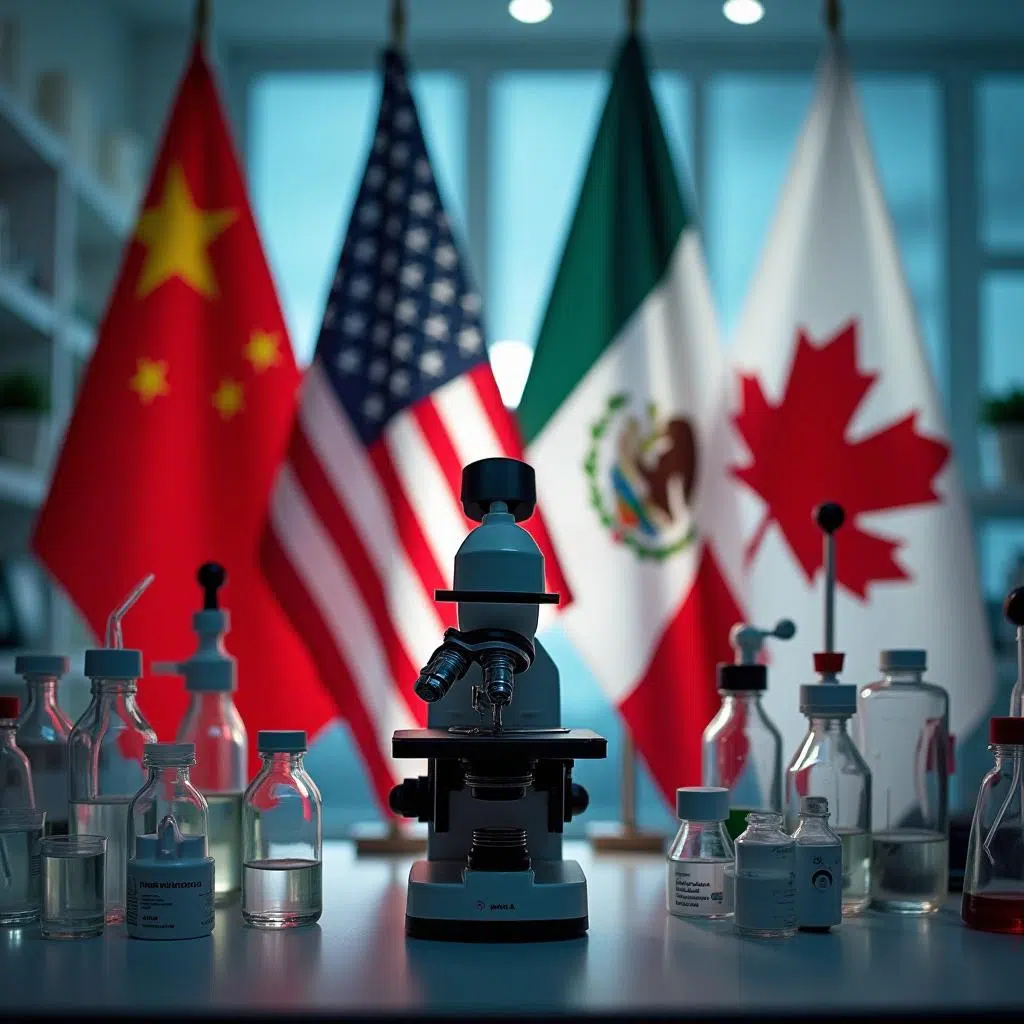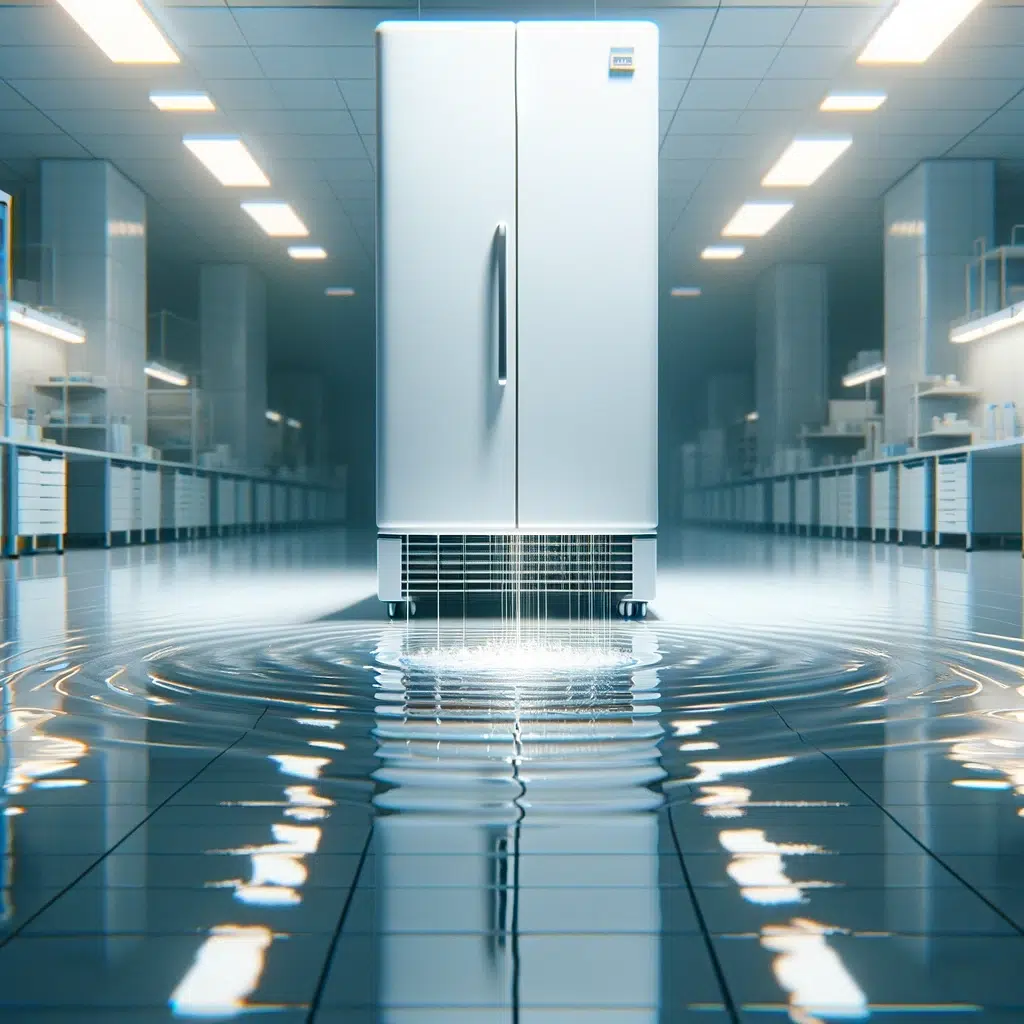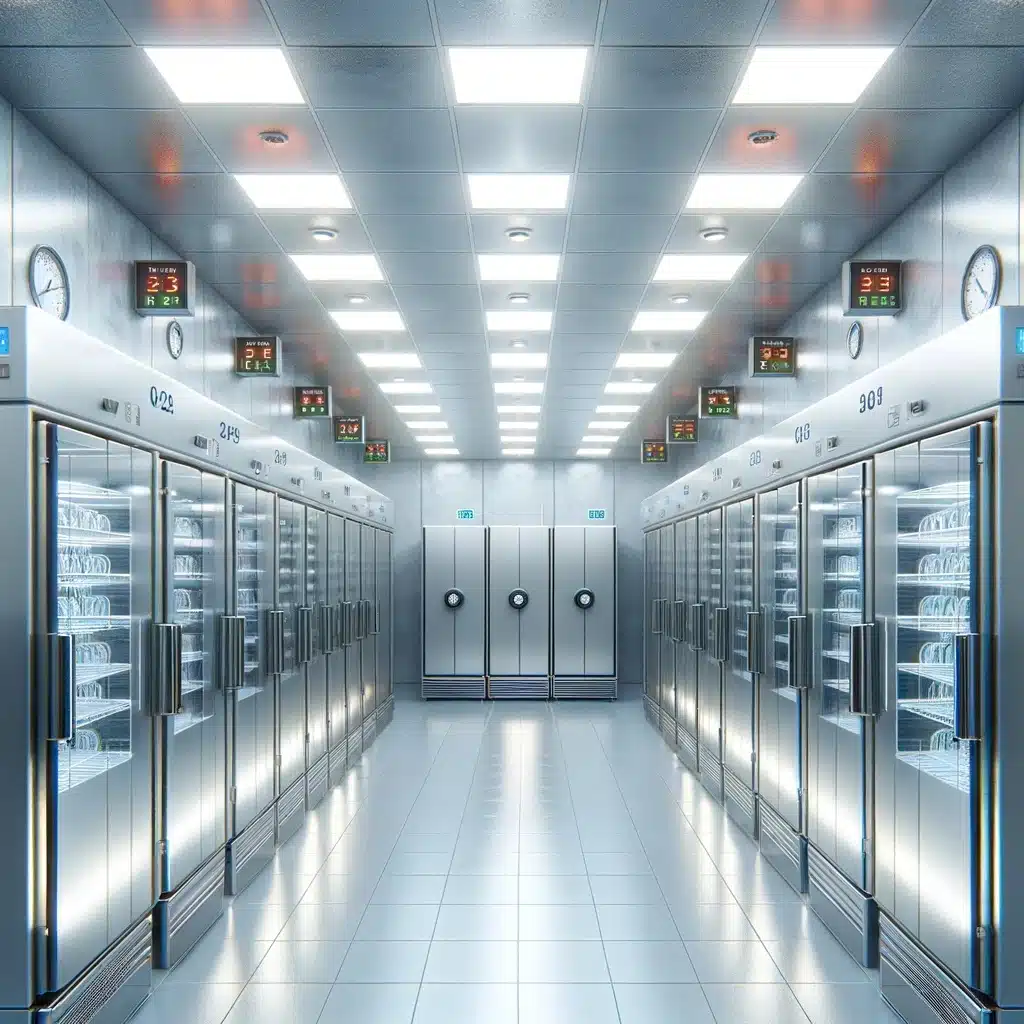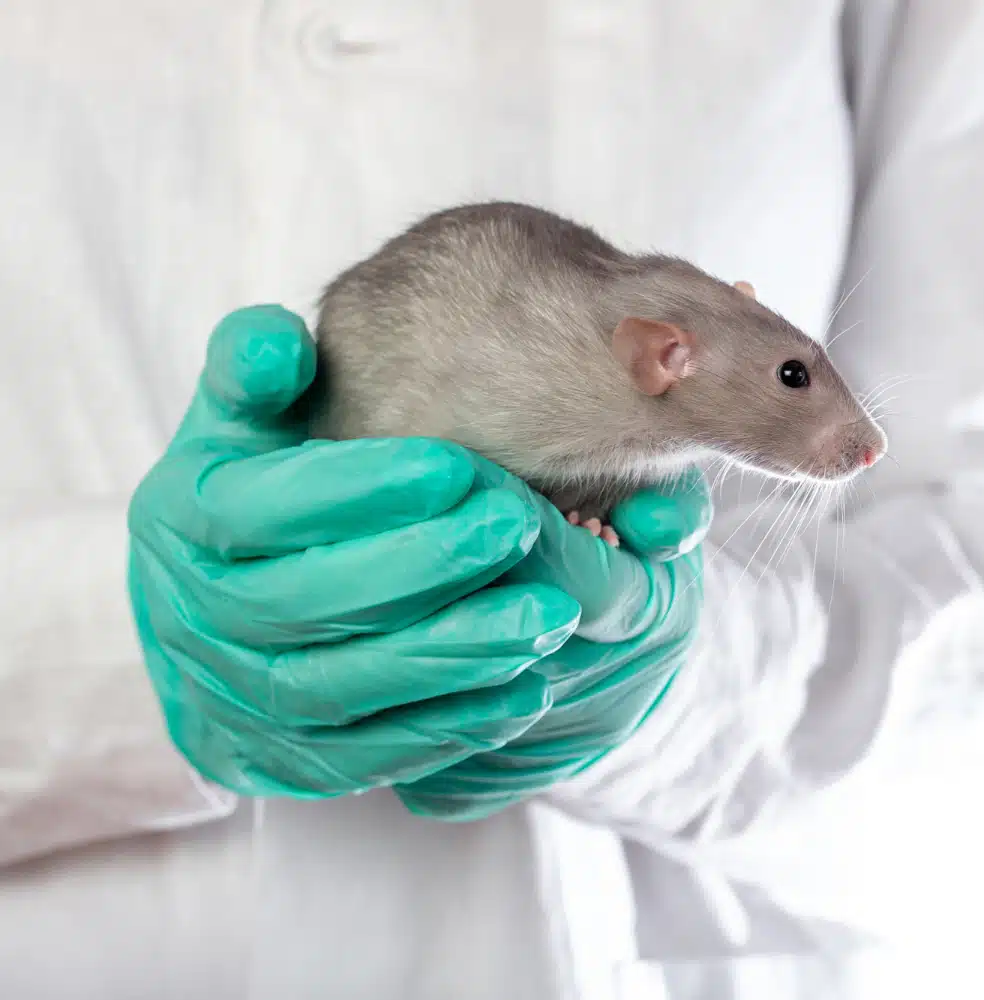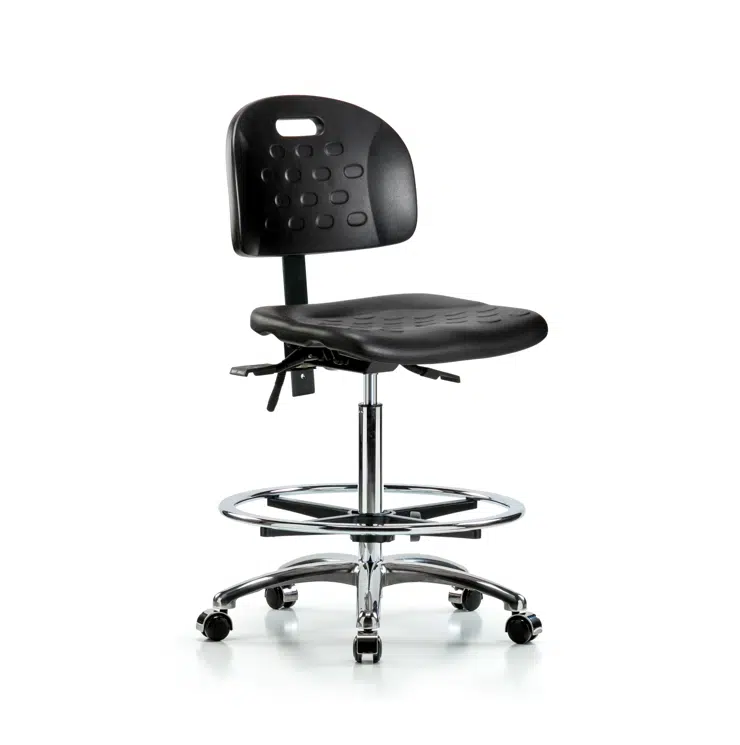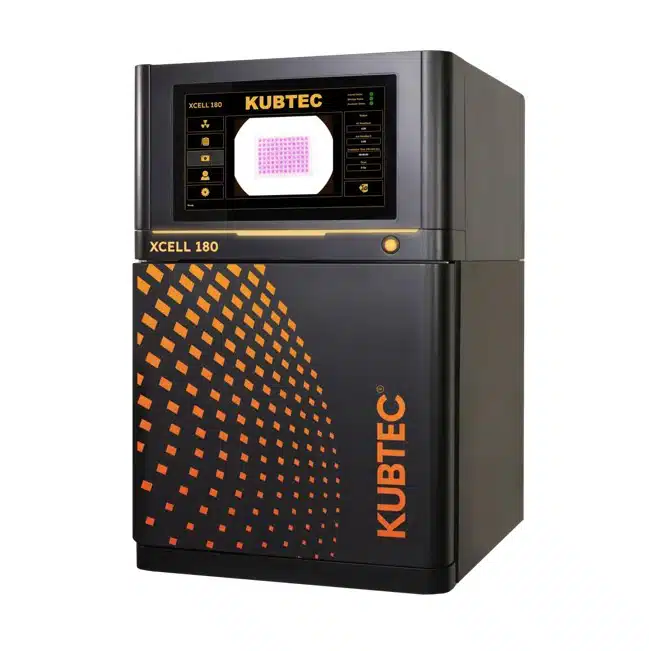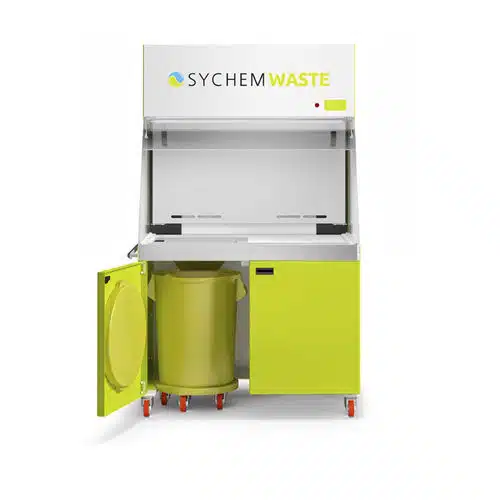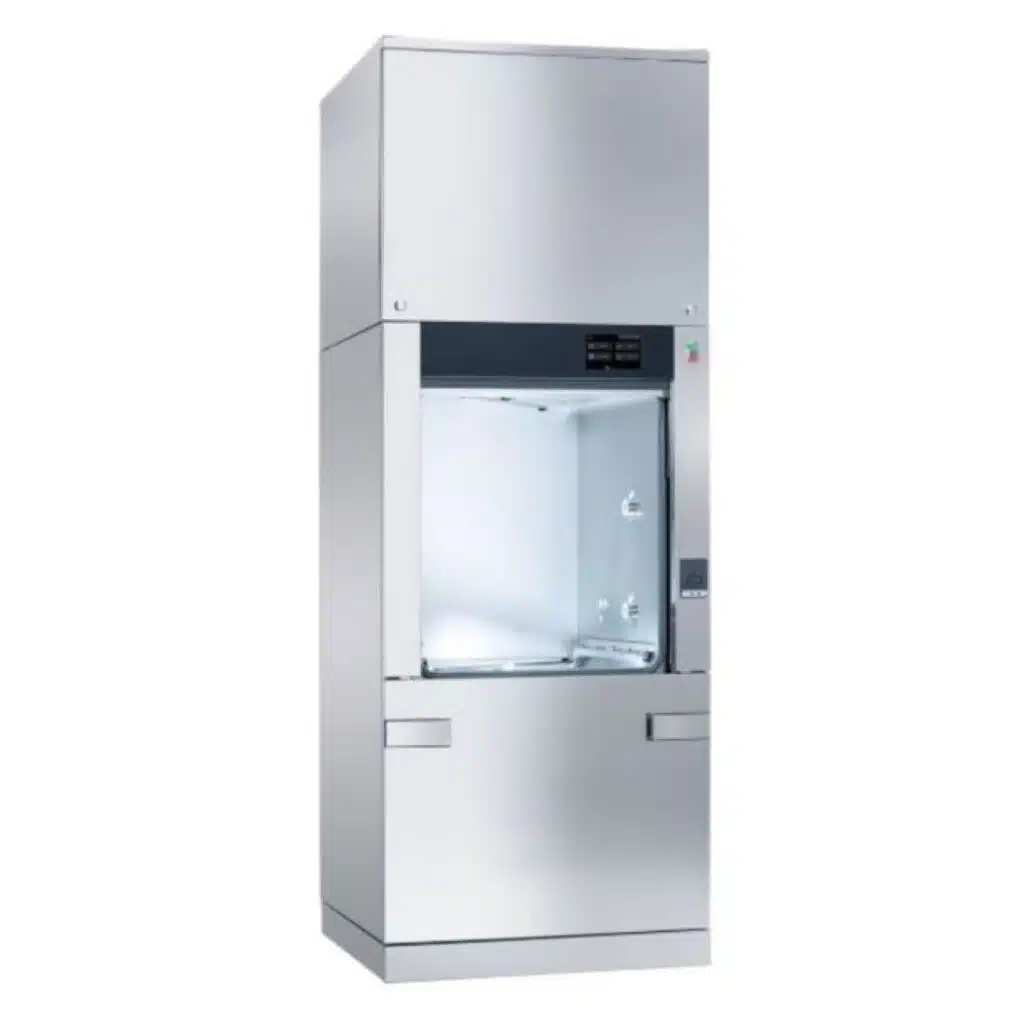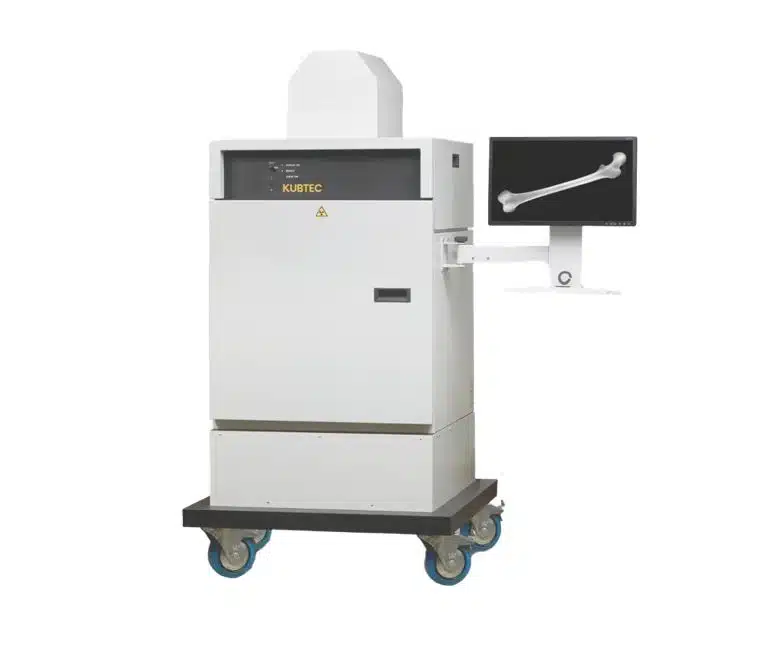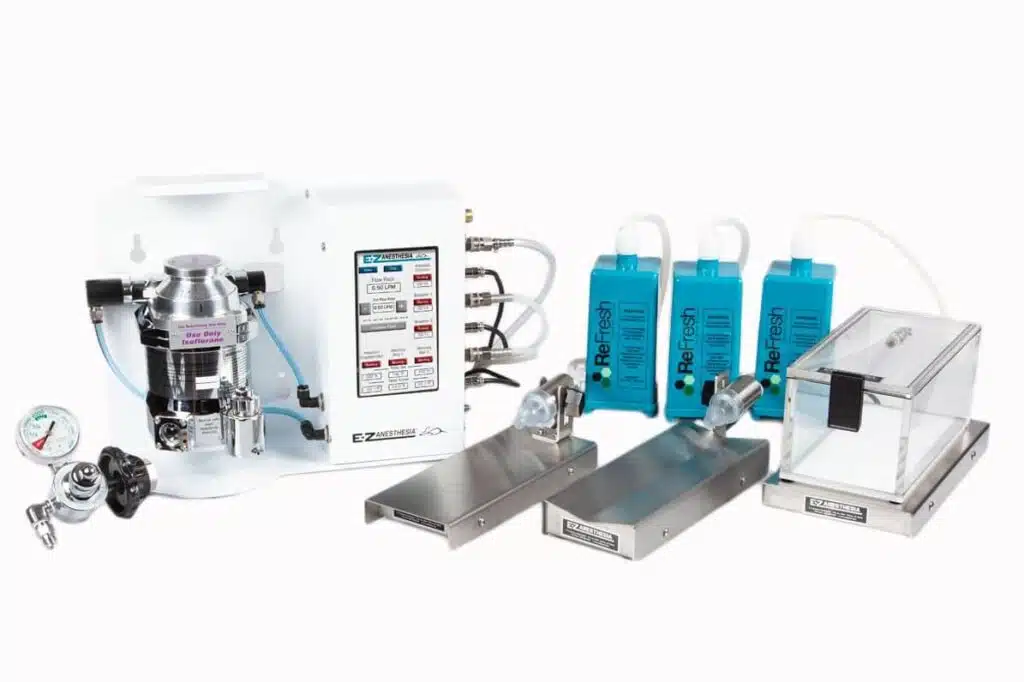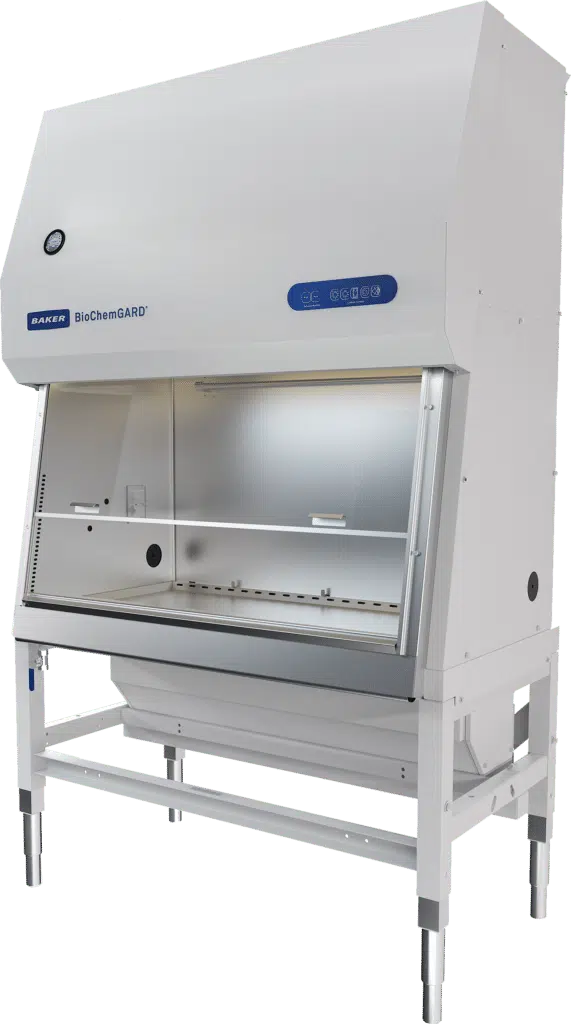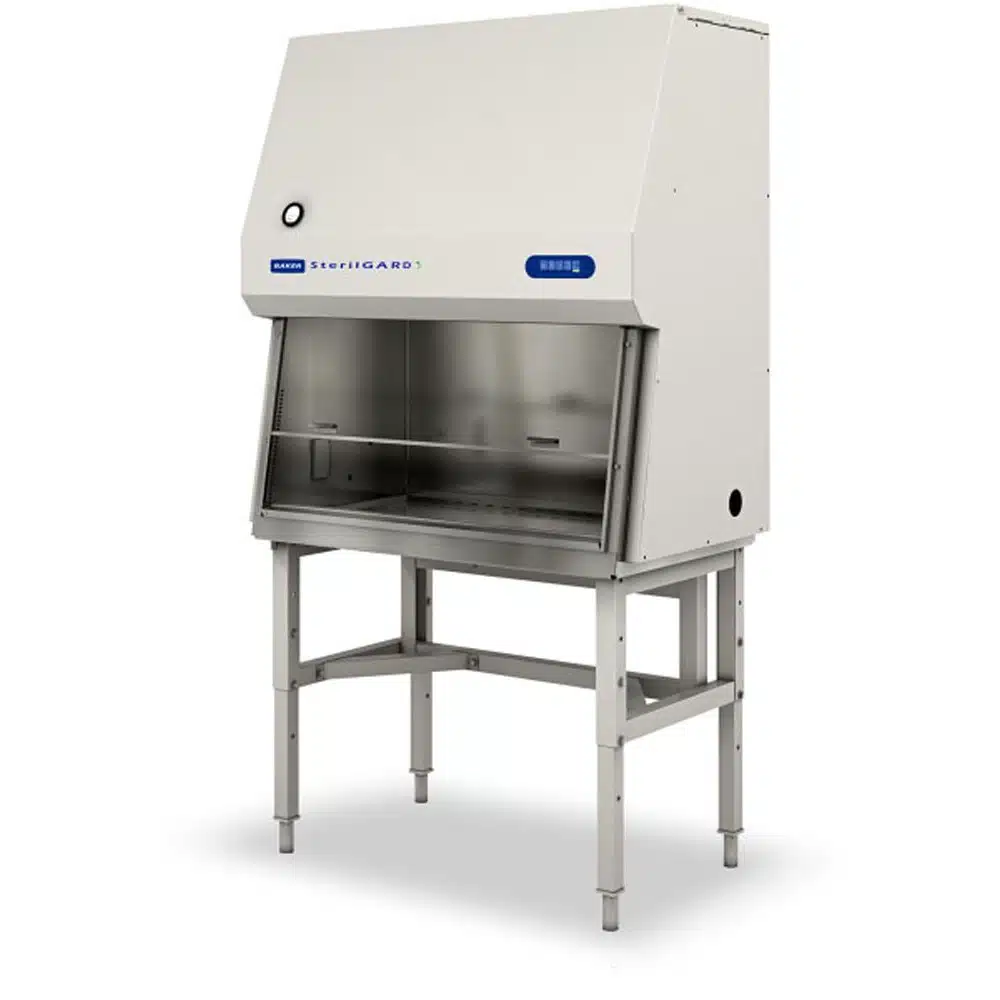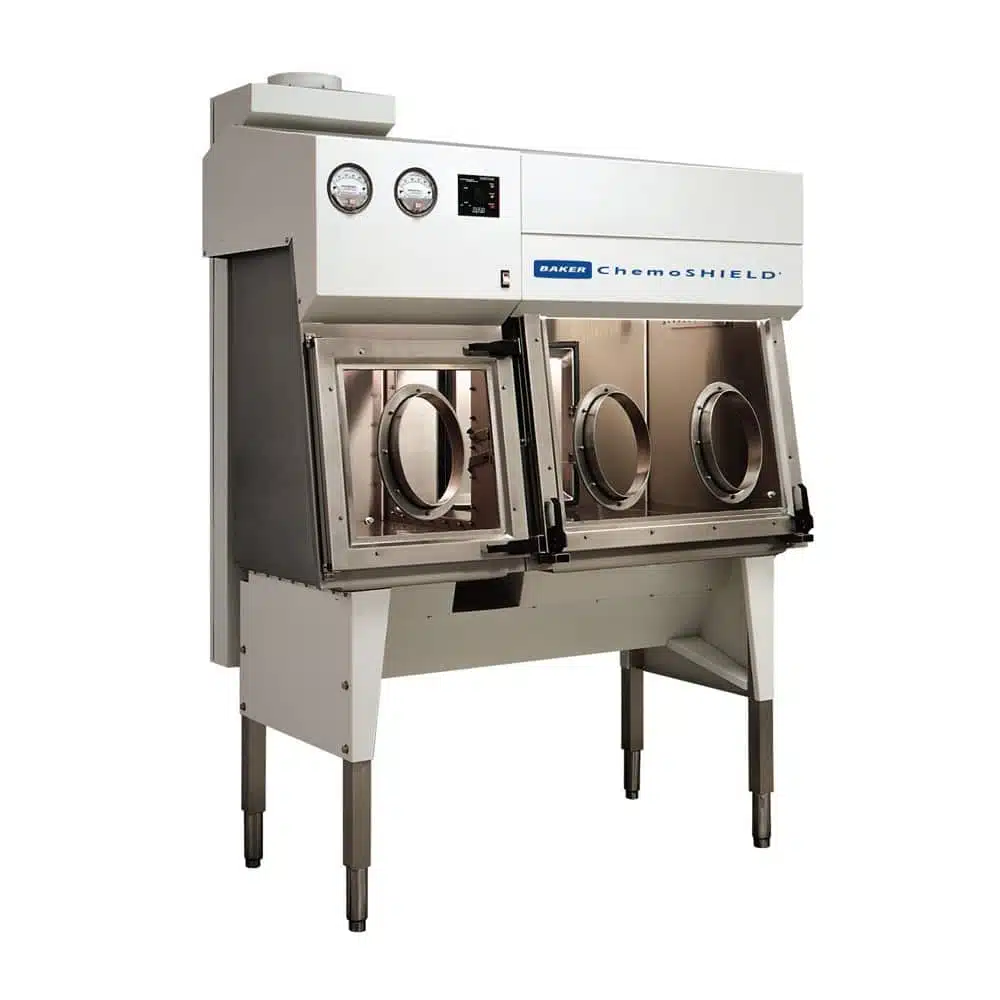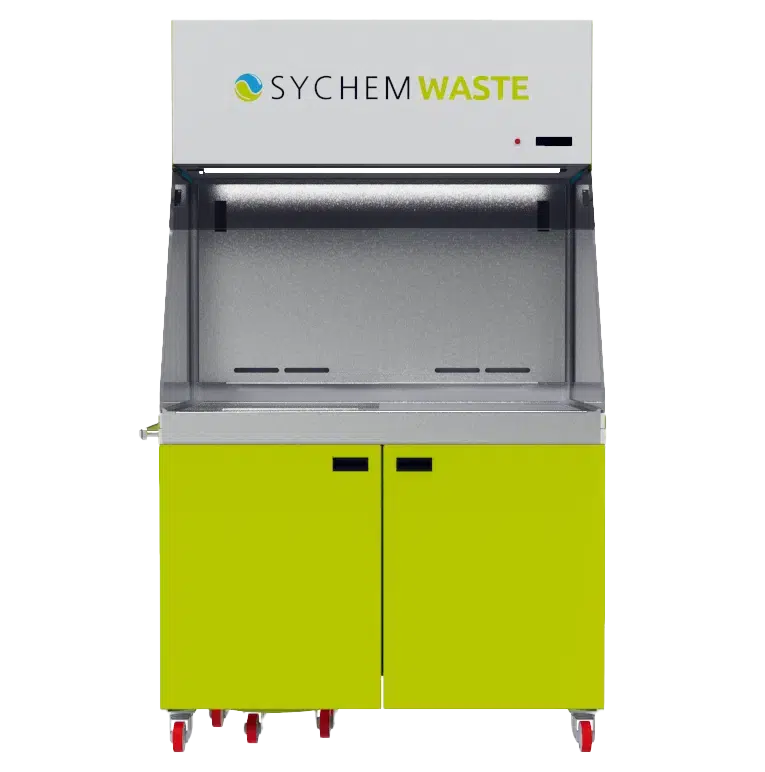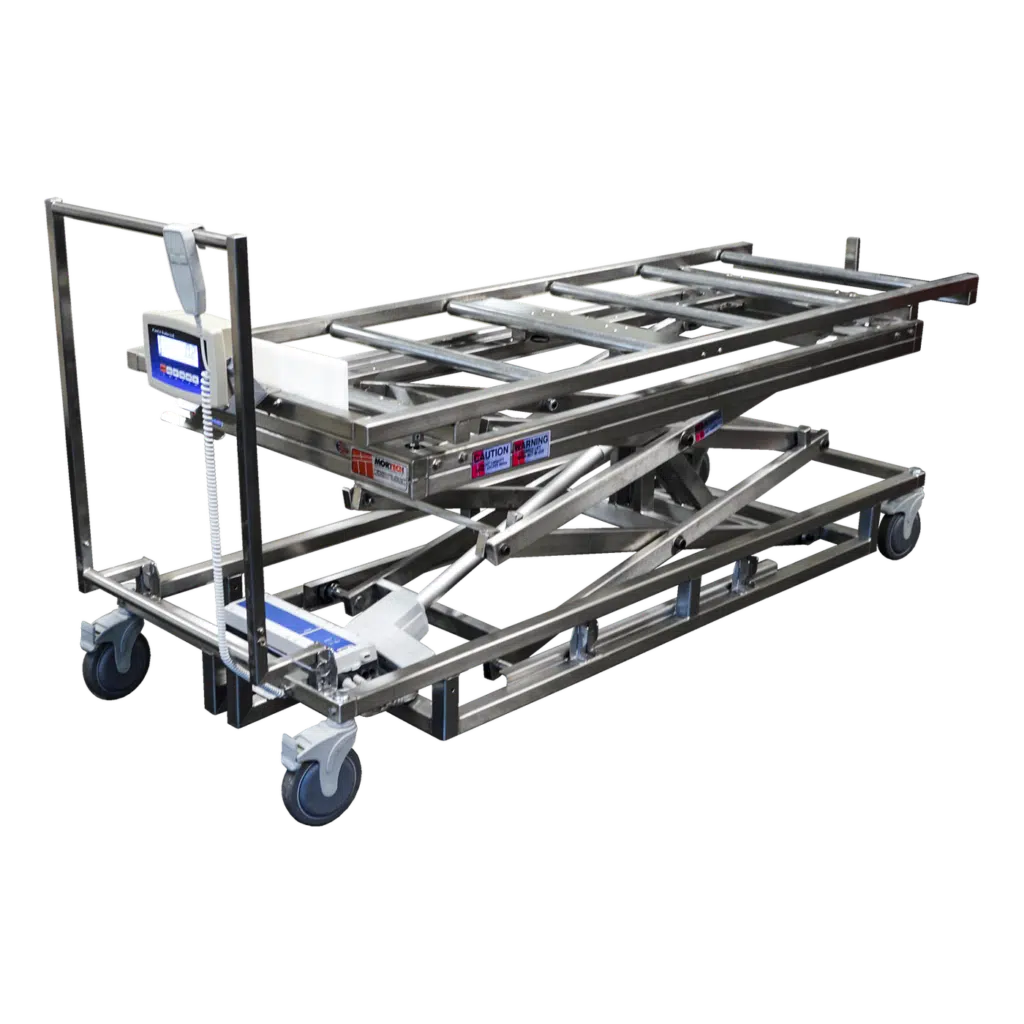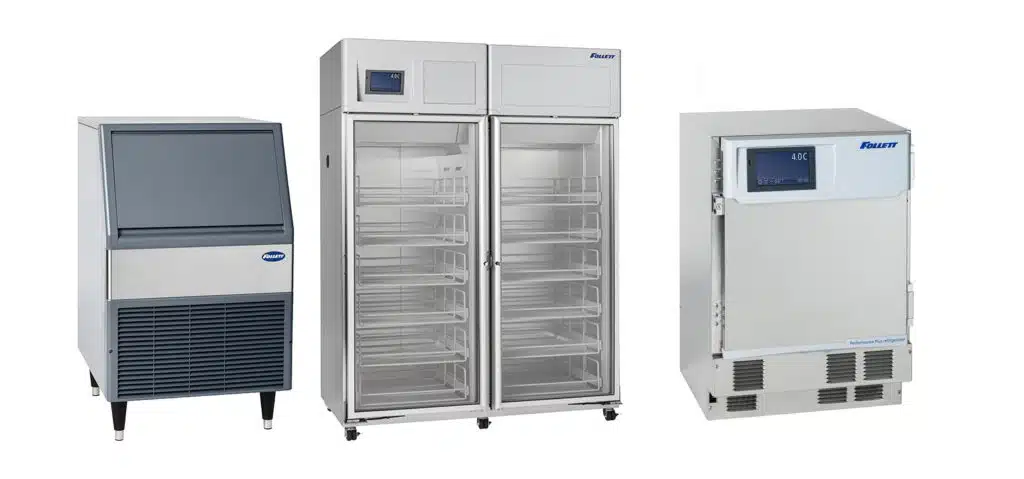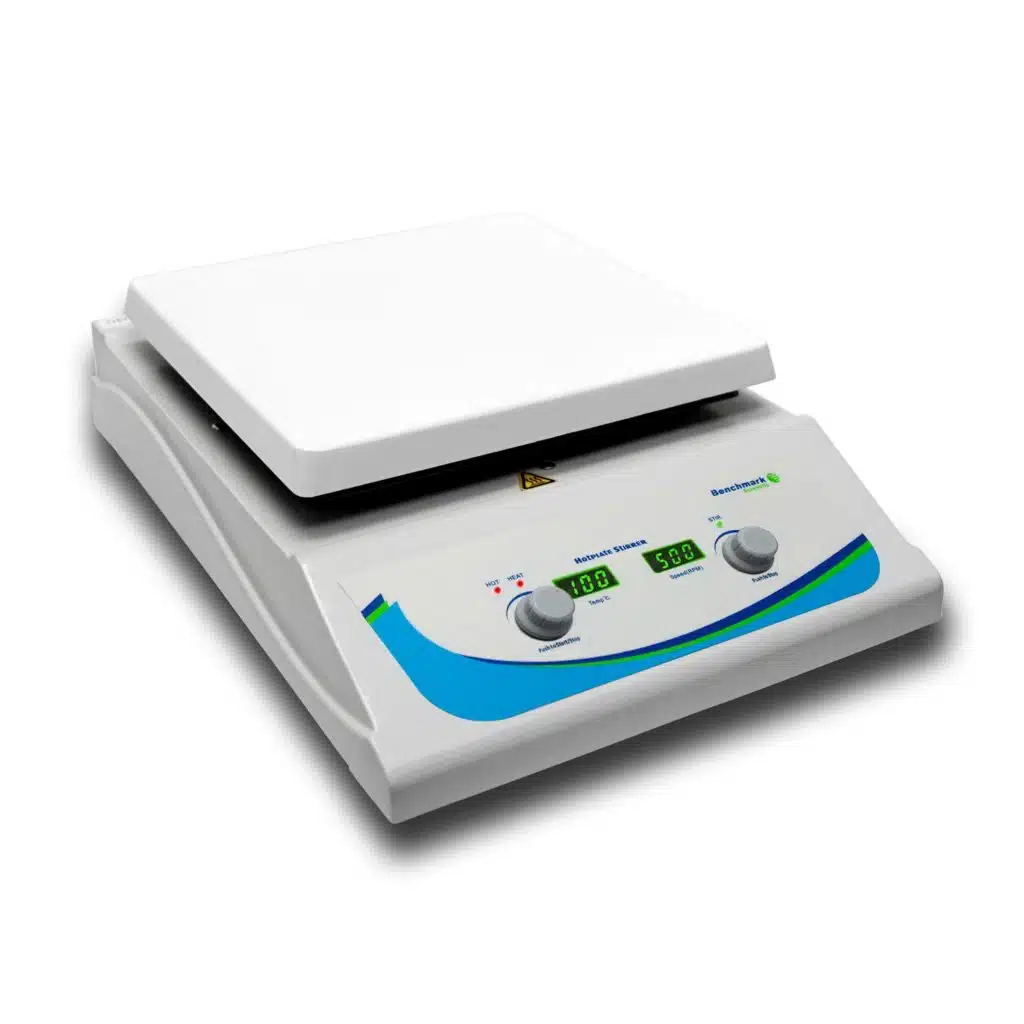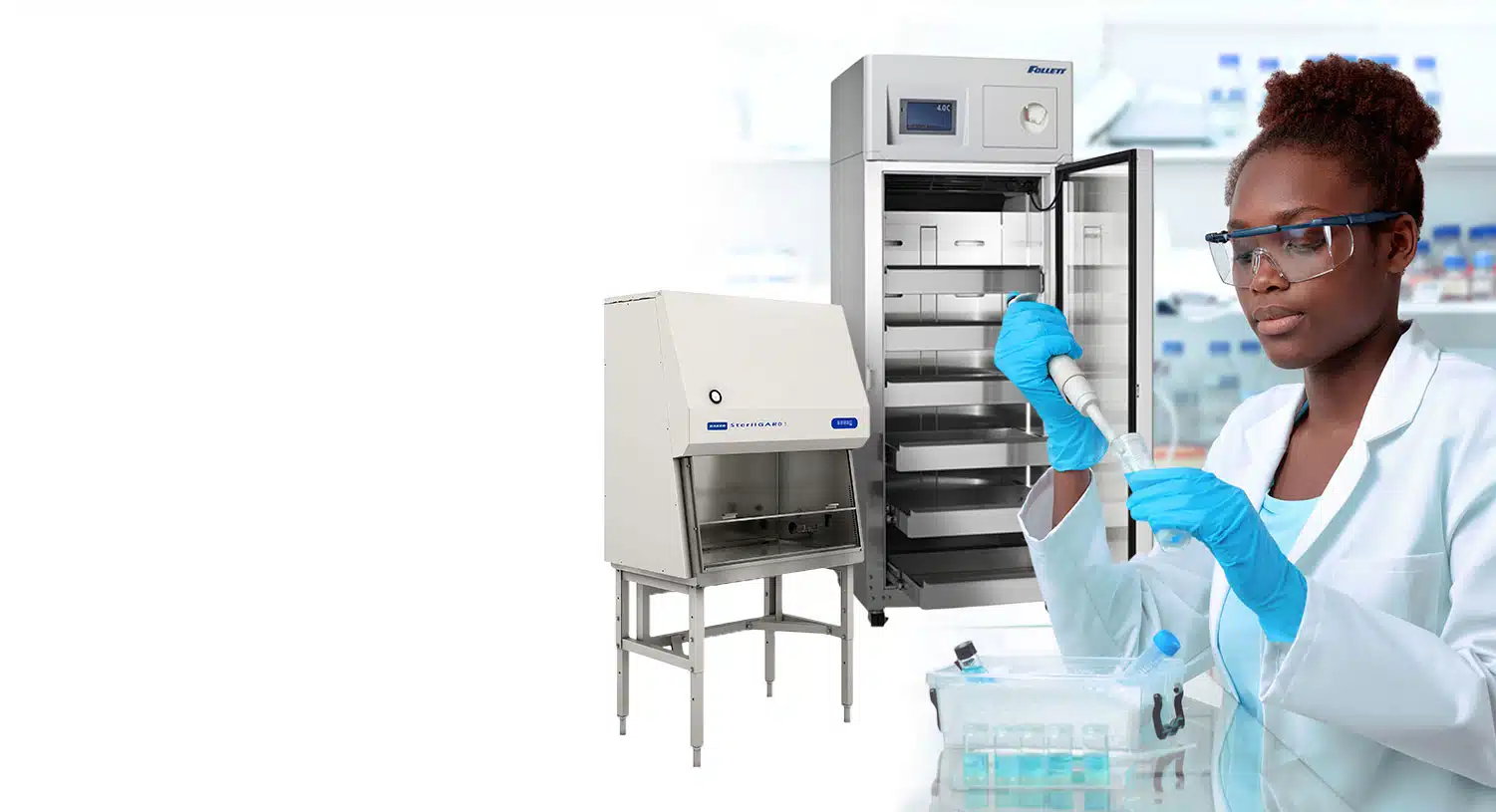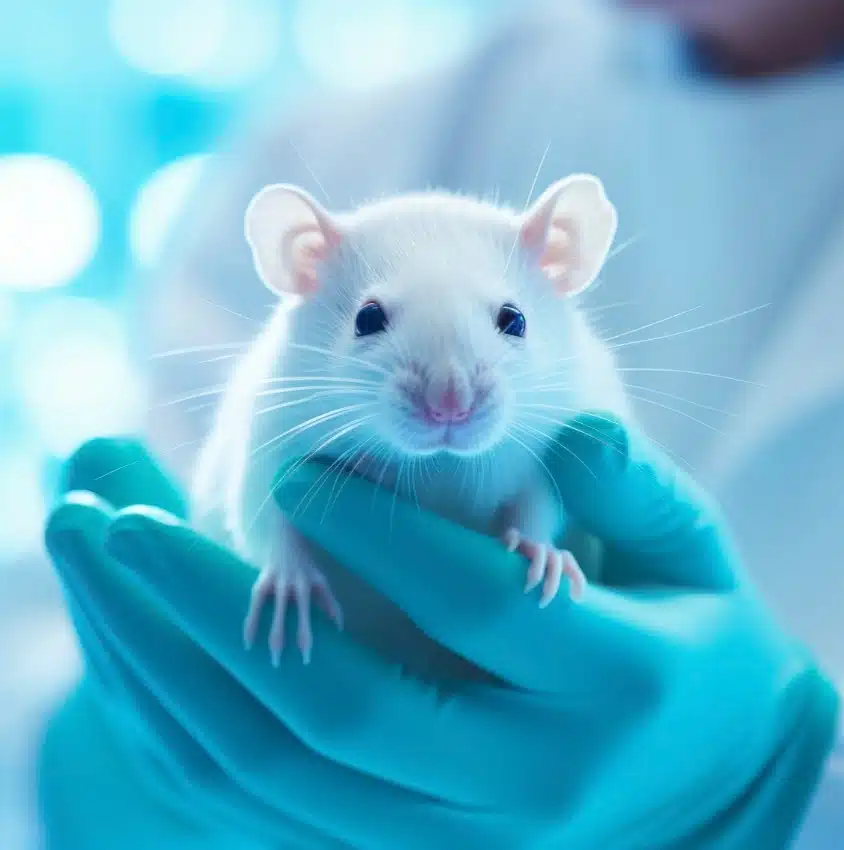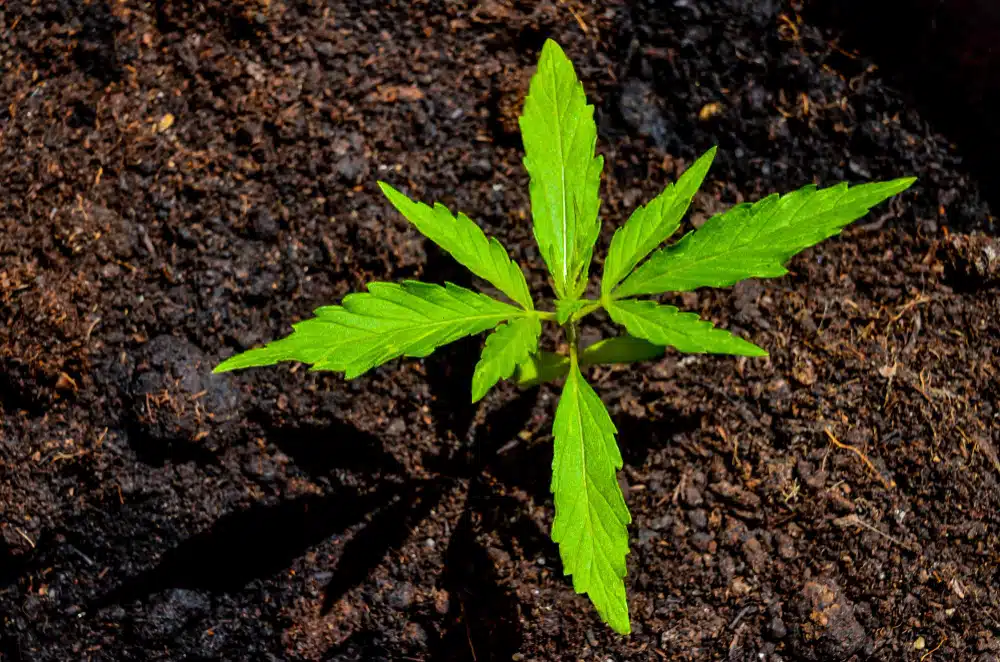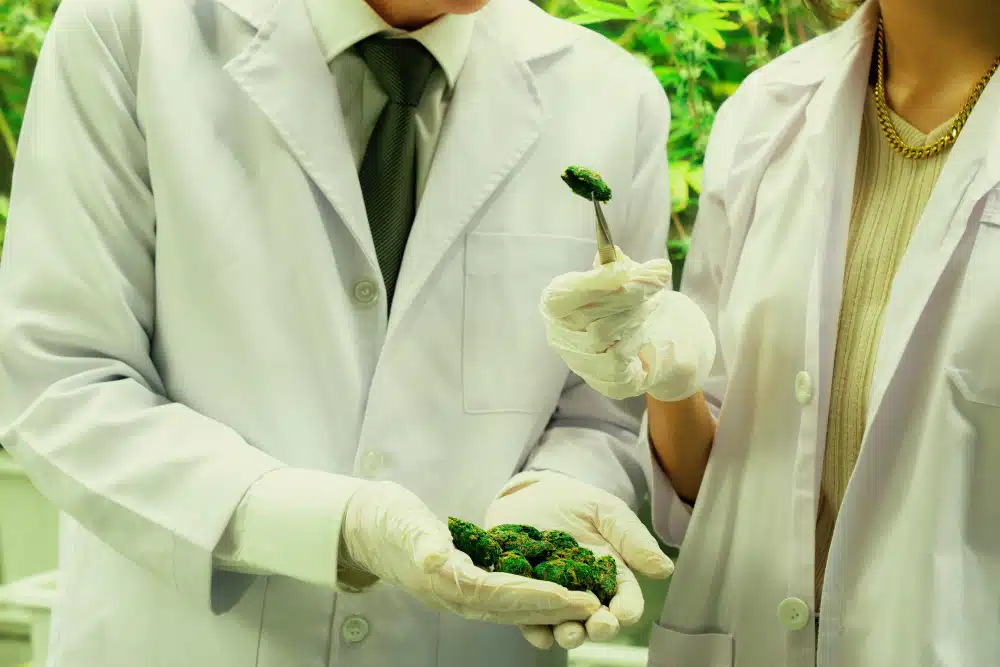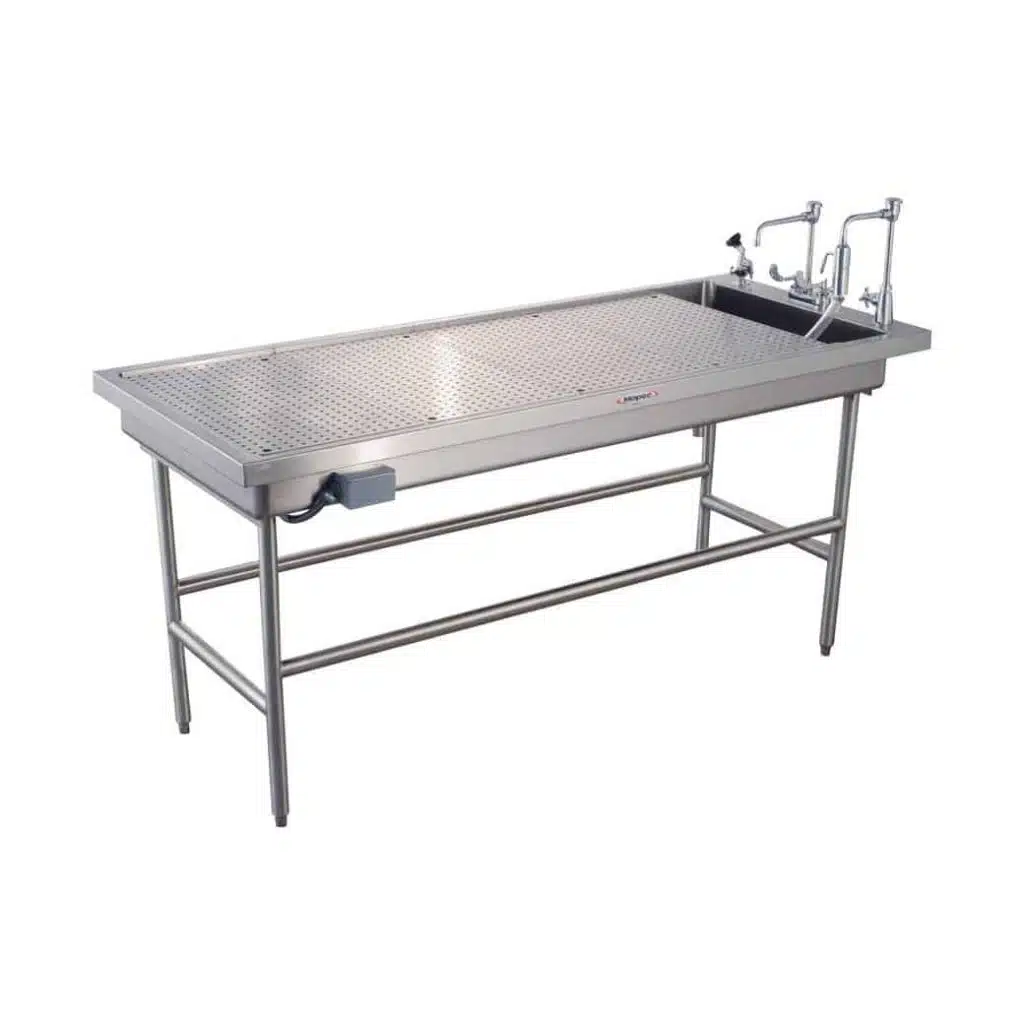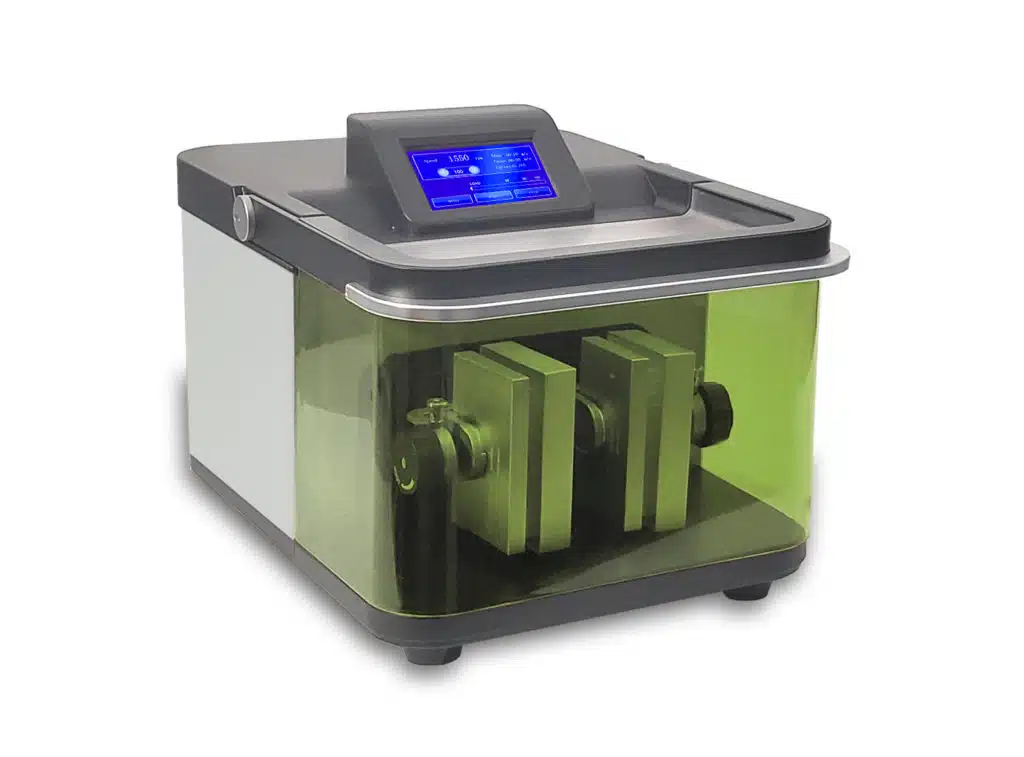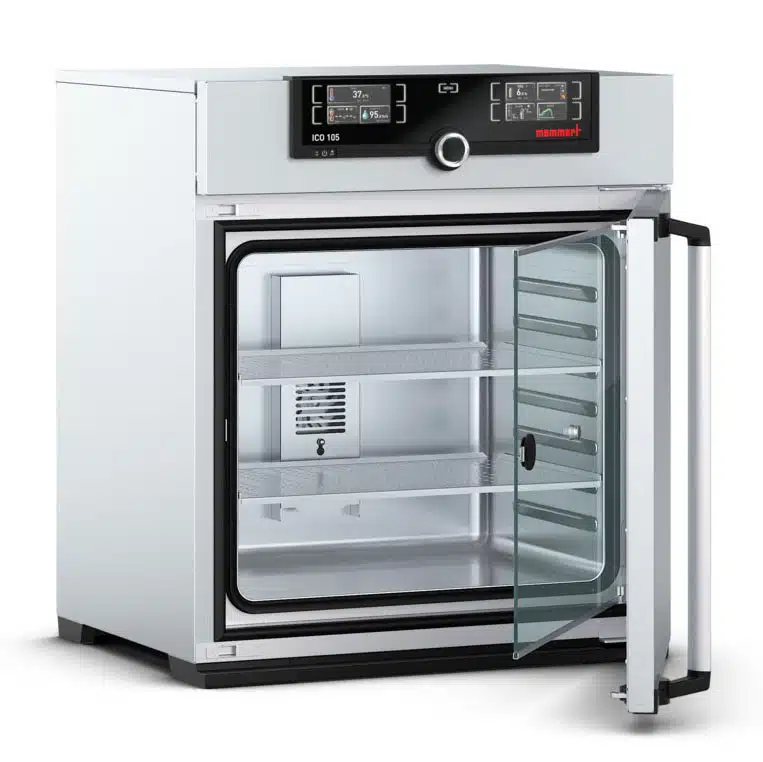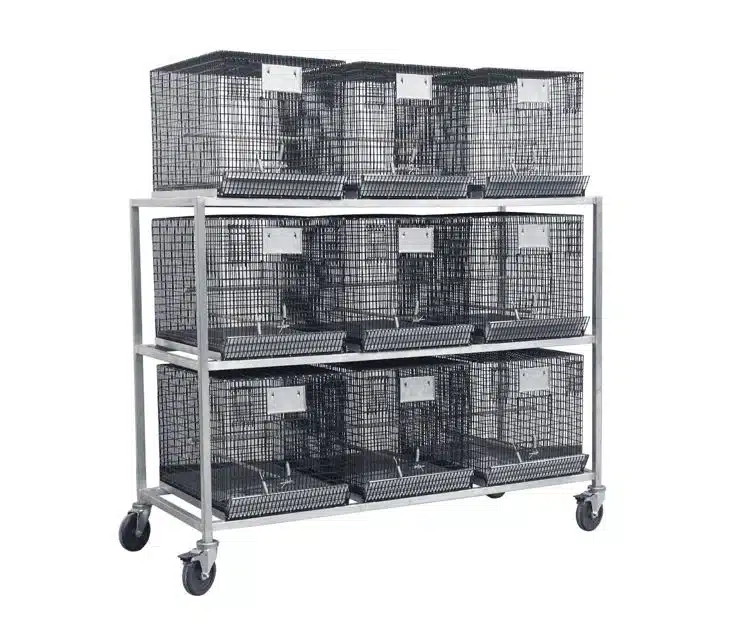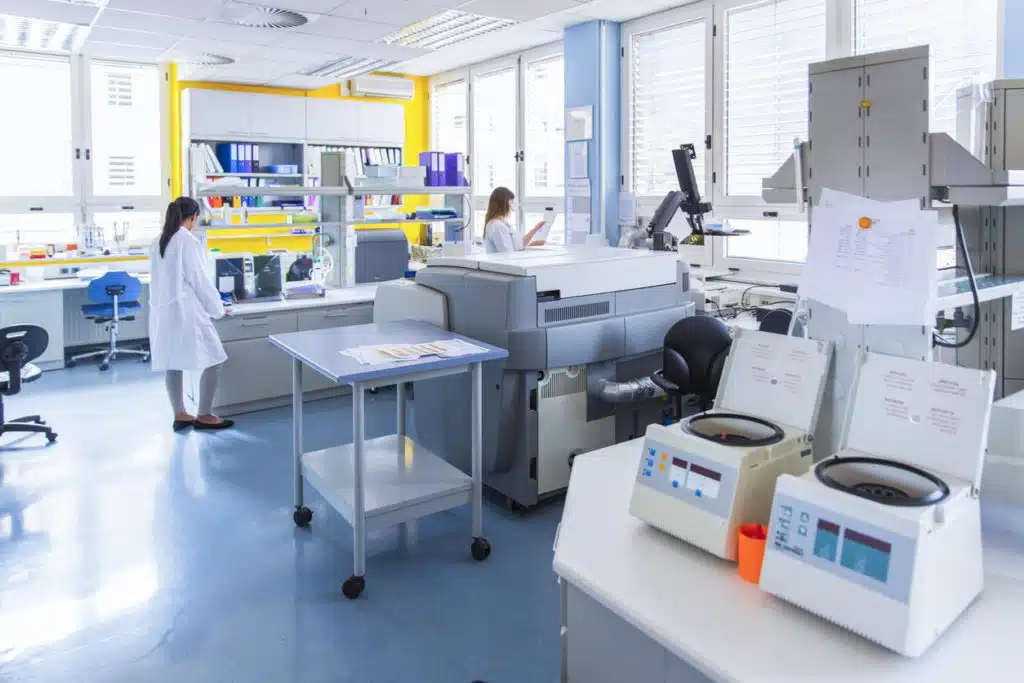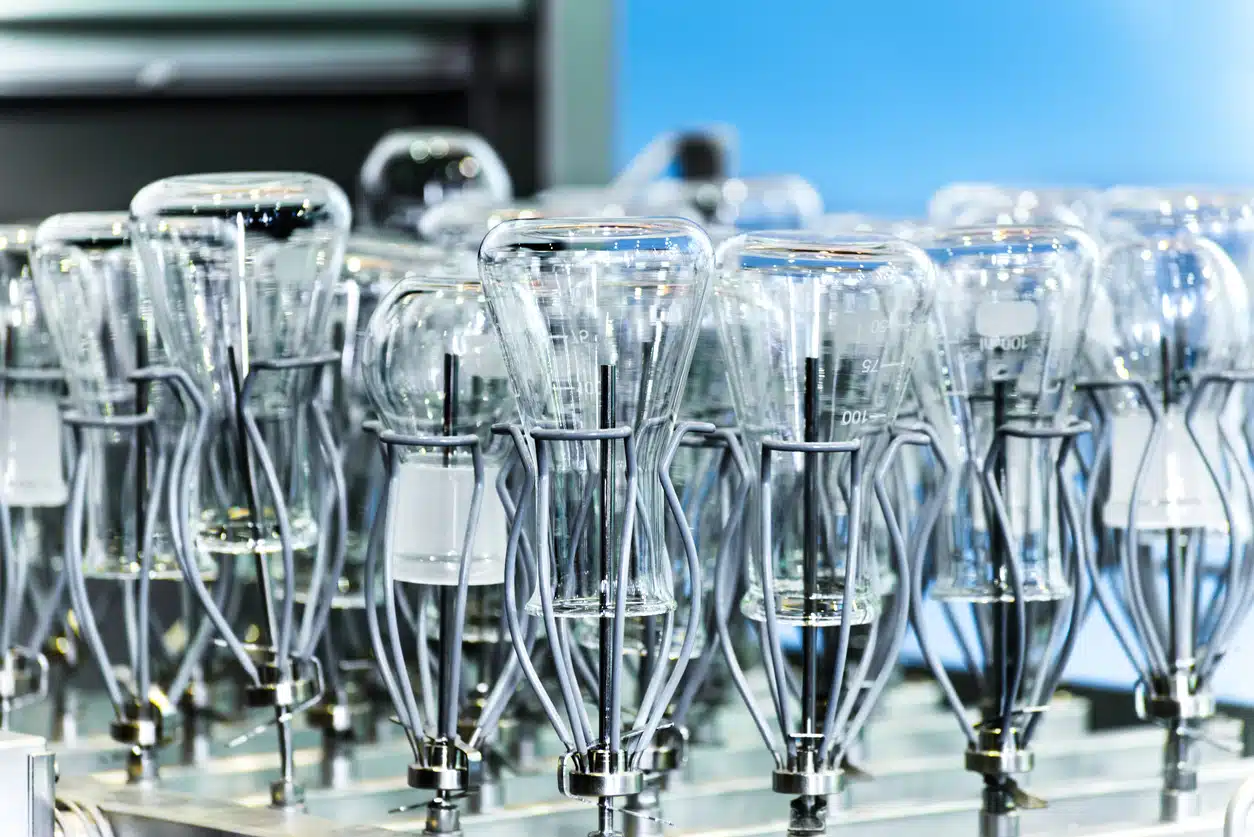Step 1: Budgeting
Question to ask yourself: Do I have financial support secured?
There is no getting around it; working with animals in a glove box germ-free isolator is the gold standard when trying to keep microbiota from coming into contact with animals, and it will be more expensive than keeping animals in a typical housing room. Funding must be in place for capital lab animal equipment purchases, and also for operating costs. In addition to the gnotobiotic isolator purchase, capital equipment might include complementary and ancillary equipment such as biosafety cabinets, autoclaves, cylinders, rodent laboratory cages, and atomizers. Operating funds must also be calculated: cost recovery based on mouse cage per diems is the budgetary model often used in a vivarium, but this philosophy doesn’t usually extend to working with gnotobiotic mice, for example, as the labor is more protracted.
Step 2: Resources
Question to ask yourself: Have I done a deep dive?
You can benefit from the knowledge and information of the people who have had to go through this process before you. There are a few resources that you should tap into now: The first edition “Gnotobiotics” was published by Elsevier in 2017 as part of the American College of Laboratory Animal Medicine series. You can order it here: https://www.elsevier.com/books/gnotobiotics/schoeb/978-0-12-804561-9. There is an Association for Gnotobiotics https://gnotobiotics.wildapricot.org/ which provides advice for news, events and has an active membership. And there is also the gnotobiotic listserv hosted by the University of Alabama at Birmingham which has an active level of participation and many of your questions can be answered here by looking at the archives or posting questions. You can join here: https://listserv.uab.edu/scgi-bin/wa?A0=GNOTOBIOTICS
Step 3: Animal Species
Question to ask yourself: What species am I going to be working with?
Almost any laboratory animal species can be housed in a glove box isolator; mice make up the vast majority of the species used in glove box isolators; rats, rabbits, ferrets, chickens, pigs and NHPs are also commonly housed in glove box isolators. If you might work with several of the larger animals, you will want flexibility so that the gnotobiotic isolator can house several species during the different phases of your research.
Step 4: Animal Numbers
Question to ask yourself: How many animals will I be working with, at any given time? Will you be breeding at your facility? Or will you be ordering in your animals as needed?
Using mice as the example (since this is the most commonly used animal), decide on your typical cohort size. You may have a maximum of 10 cages per experiment, or perhaps 30 or more. You will also want to consider the welfare and environmental enrichment. Does your species of laboratory animal need to be housed separately due to experimental parameters, or can they be housed together? If they are housed together, will it be in pairs, trios, or even larger groups?
Step 5: Space Requirements
Questions to ask yourself: Do I already have a space secured? Do I need to renovate? Do I have buy-in from vivarium personnel or administration?
Most researchers want a dedicated room for their gnotobiotic isolators. Some vivaria do not have the space you will require, and it may take some strong negotiating powers to get the space you need. You may have to find your space in a satellite facility or a sister vivarium, or with a collaborator. Gnotobiotic isolators commonly house 10-12 lab mouse cages per isolator. Isolators are often purchased in stacks of two (one on top of each other) when density in the room is required. It is important to answer Step 2 to 4, so you can calculate the space requirements for Step 5.
Step 6: Procedure Location
Question to ask yourself: Will all the work be performed inside the glove box isolator?
Most of the time, all of the research work can be performed inside a glove box isolator, but sometimes the animal does need to be removed. In that case, you will need additional equipment such as a biosafety cabinet. If some work will be done in a biosafety cabinet, consider whether or not you would like it to be integrated with the glove box isolator, or if you would like to be able to transport the animal in a sterile way into the biosafety cabinet. You may also need a sterile animal transfer station.
Do you know your Biosafety Cabinets? We made a guide on the different things to consider when purchasing a Biosafety Cabinet.
Step 7: Personnel
Questions to ask yourself: Do I have trained staff? Do I need to hire? Do I need to send someone out for training, or bring in an expert?
If you have in-house expertise, use it! Experienced staff, whether from the vivarium or laboratory can be an amazing resource when decisions are being made. Take advantage of their knowledge when going through all the steps. Experienced staff can also help train new staff in using a gnotobiotic isolator, making the training experience that much easier. If there isn’t any in-house talent, you will need to send out staff to be trained at an established gnotobiotic core or hire an expert to come in and train your team. This has to be figured out before the glove box isolators arrive!
Step 8: IACUC Approval
Questions to ask yourself: Will this be new to the committee? Will they need extra time to approve the research request?
In America, and in many other countries, an institutional animal care and use committee (IACUC) is required for most institutions that use animals in research, teaching, and testing. The process can often take several months, make sure you know who all your contacts are, and the estimated length of time it will take to get an approved application.
Step 9: Equipment
Question to ask yourself: Do I have an expert adviser?
Now that you have a deeper understanding of your requirements you need to decide on specific manufacturers for each type of equipment. References from colleagues are important, but equipment designs can change, and it is important to evaluate the equipment as is it being made today. Make sure that you speak with the equipment expert within the sales organization. Truly good sales organizations have experts on staff that have real experience working with the equipment. These experts are not afraid to let you know the pros and cons of the equipment their company sells. They will help you critically evaluate the equipment that best works for you, guide you through installation and in some cases can even train you on proper use.
Step 10: Wrapping Up
Question to ask yourself: What are the lead times of steps 1-9?
Make a checklist of everything that needs to be in place prior to receiving your first animal. Consider the main points in Steps 1-9 and map out a timeline to go with your checklist; a methodical approach will ensure that you have no surprises along the way, at least not those under your control.
A final hint:
Make sure you are aware of lead times; for example if you need to renovate you may have to wait six months for it to be completed. That doesn’t mean you should come to a dead halt! Get your IACUC application into the system, send your staff out for training, and talk to experienced colleagues to learn their tips and tricks. Join a listserv and read some books. There are a lot of resources out there!

